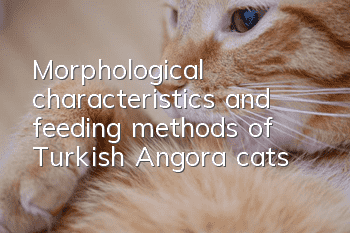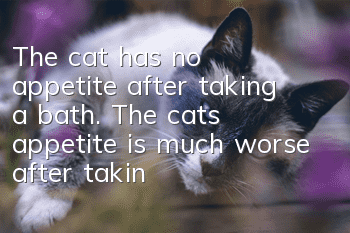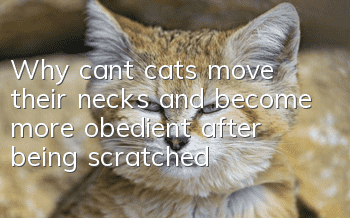Morphological characteristics and feeding methods of Turkish Angora cats

The Angora cat is one of the oldest breeds, originating from Türkiye. It was introduced to Europe in the 16th century, entering Italy and France, and then introduced to the United Kingdom. It was mainly distributed in France and the United Kingdom. It was the most popular long-haired breed at that time.
Morphological characteristics of Turkish Angola
The Angora cat has a slender body, a large undulating back, tall and thin limbs, a long and pointed head, and large ears. The whole body is covered with long, filamentous hair, which can be divided into red, brown, black and white. White is generally considered to be the authentic Angora purebred cat. Angora cats are very agile and independent. The eyes are mostly blue, amber, golden yellow, mandarin duck eyes (gold and silver), the face is V-shaped, and the ears are pointed at the end but slightly wider at the bottom. The body and limbs are elongated. Angora cats have a gentle personality, but are very lively and active.
Angora cats have excellent day and night vision capabilities. In bright places, Angora cats will shrink their pupils as narrow as a line to reduce damage to the retina, but this will limit the breadth of the field of vision. There is a blue-green fluorescent film on the back of the omentum of the Angora cat, which can increase the vision in the dark. In the flash, the Angora cat's eyes can show a variety of colors. Like most carnivores, their eyes are pointed forward on their faces, giving them a wide field of vision. Angora cats have poor ability to distinguish the three primary colors.
If Angora cats only have low light here, they will use their whiskers to improve mobility and perception. The beard can feel very weak wind and identify obstacles without being able to see them. The circle formed by the line connecting the tip of the beard and the ears is exactly the smallest range that the body can pass through the obstacle, so it can be used in the dark night. Quickly determine whether the terrain is passable.
How to raise Turkish Angora cats
Angora cats love to be clean. For example, they often lick their fur to protect it. Their saliva acts like a powerful detergent, but it can cause allergies in humans. Angora cats may sometimes vomit hair balls due to the hair they swallowed while licking and accumulating in their stomach. Angora cats still maintain the nocturnal habit of carnivores, and many activities (such as mouse hunting, courtship and mating) are often performed at night. Angora cats are most active every day at dawn or dusk, and spend most of the day resting or sleeping lazily. The daily sleep time ranges from 12 to 16 hours, with an average of 13 to 14 hours, but some Angora cats will sleep for up to 20 hours.
Feed cats with balanced and nutritious cat food to make them healthy and lively; clean cat food bowls in time and place them separately; bathe cats in time and keep them clean; give cats timely vaccinations to enhance their ability to resist diseases; clean up cats in time feces to avoid affecting other people and the environment; if the cat is sick, take the cat to the veterinary clinic in time.
- What's wrong with bleeding from a cat's ear?
- Will a cat that gets stuck in a fishbone heal on its own?
- How to teach a cat a lesson when it makes a mistake? Can a cat be spanked when it makes a mistake?
- What to do if your cat’s gums bleed? How to treat cat gingivitis!
- How to correct the problem of cats not drinking water or drinking toilet water?
- What does it mean when a kitten purrs?
- Why aren't cats afraid of snakes?
- Symptoms of retained placenta in female cats
- What is a cat’s stress response?
- At what age is it better to neuter a Bombay cat?



